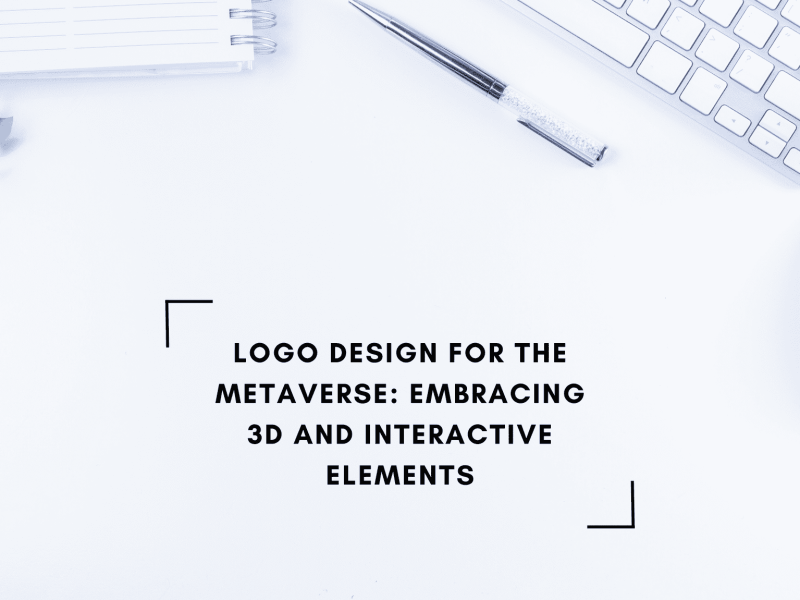Introduction
In today’s market, sustainable branding is more important than ever. Consumers are increasingly seeking out eco-friendly companies and products. One of the first steps in conveying your brand’s commitment to sustainability is through your logo design. A logo is more than just a visual symbol; it represents your brand’s values and ethos. Making eco-friendly design choices for your logo can significantly enhance your sustainable branding efforts.
Why Sustainable Branding Matters
Sustainable branding isn’t just a trend; it’s a movement towards a more responsible and ethical approach to business. Companies that prioritize sustainability can build stronger connections with their customers, foster loyalty, and stand out in a crowded market. Your logo is a key element in this strategy, as it’s often the first thing people associate with your brand. By making eco-friendly choices in your logo design, you not only reduce your environmental impact but also send a clear message about your commitment to sustainability.
1. Use Eco-Friendly Materials
When creating physical representations of your logo, such as business cards, signage, and merchandise, choose materials that are recycled or sustainably sourced. For instance, opt for recycled paper, biodegradable inks, and organic fabrics. These choices reduce waste and promote a greener image for your brand.
2. Opt for Minimalism
Minimalist designs use fewer resources and generate less waste. A simple, clean logo not only looks modern and professional but also aligns with the principles of sustainability. Minimalist logos are easier to reproduce on various mediums, saving ink and energy in the process.
3. Choose Green Color Palettes
Colors have a psychological impact, and green shades are often associated with nature, health, and sustainability. Incorporate shades of green into your logo to evoke a sense of eco-friendliness. Additionally, use natural, earthy tones that reflect the organic aspect of your brand.
4. Incorporate Nature Elements
Including elements from nature, such as leaves, trees, or water, can visually communicate your commitment to the environment. These symbols can be subtle yet powerful reminders of your brand’s sustainable values.
5. Avoid Overly Complex Designs
Complex designs not only consume more resources but are also harder to replicate accurately. Simplify your logo to reduce the environmental footprint associated with its production and reproduction. A straightforward design ensures clarity and ease of recognition.
6. Use Digital Tools Wisely
Opt for digital design tools that support eco-friendly practices. Many design software programs now offer features that help reduce energy consumption and optimize design processes. Use tools that support vector graphics, as they are more scalable and require less data storage.
7. Focus on Longevity
Design a logo with longevity in mind. Avoid following fleeting trends and instead create a timeless design that will remain relevant for years. This approach reduces the need for frequent redesigns and the associated environmental impact.
8. Source Local Designers
Collaborate with local designers to minimize the carbon footprint associated with travel and shipping. Supporting local talent not only benefits the environment but also strengthens your community ties and promotes local economies.
9. Promote Transparency
Be transparent about your sustainable branding efforts. Share the story behind your eco-friendly design choices with your audience. This transparency builds trust and enhances your brand’s reputation as a leader in sustainability.
10. Regularly Review and Improve
Sustainable branding is an ongoing process. Regularly review your logo and overall branding strategy to identify areas for improvement. Stay informed about new eco-friendly design trends and technologies that can further enhance your brand’s sustainability.
Conclusion
Eco-friendly design choices for your logo are a crucial aspect of sustainable branding. By incorporating elements such as recycled materials, minimalist designs, green color palettes, and nature-inspired symbols, you can create a logo that reflects your commitment to the environment. Sustainable branding not only helps the planet but also resonates with eco-conscious consumers, ultimately strengthening your brand’s position in the market.



